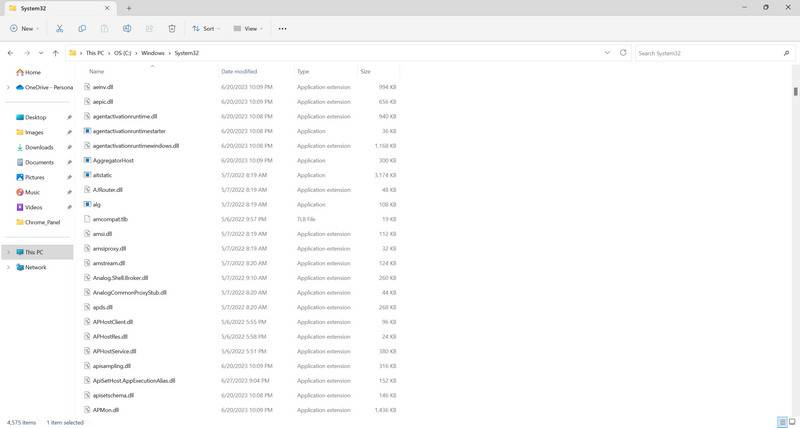Have you ever come across the file indiv01.key on your computer and wondered what it is? This article will provide you with a detailed understanding of indiv01.key, its purpose, and how to fix any errors associated with it. Whether you are a tech-savvy individual or a beginner, this article will equip you with the knowledge to handle indiv01.key-related issues effectively.

This Article Contains:
What is indiv01.key?
Indiv01.key is a file that is commonly found on Windows operating systems. It is associated with the Microsoft Office suite, specifically with the Microsoft Office Activation Wizard. This file contains the product key information required to activate Microsoft Office on your computer.
When you install Microsoft Office, you are prompted to enter a product key to verify the authenticity of the software. This product key is then stored in the indiv01.key file. The file is encrypted to protect the product key from unauthorized access or tampering.
Common Errors with indiv01.key
While the indiv01.key file is essential for the proper functioning of Microsoft Office, it can sometimes encounter errors. Here are some common errors associated with indiv01.key:
- File Not Found: This error occurs when the indiv01.key file is missing from its designated location. It can happen due to accidental deletion, software conflicts, or malware infections.
- Invalid Product Key: If the product key stored in the indiv01.key file is incorrect or invalid, you may encounter activation errors when trying to use Microsoft Office.
- Corrupted File: In some cases, the indiv01.key file may become corrupted, leading to activation issues. This can happen due to system crashes, power outages, or improper shutdowns.
How to Fix indiv01.key Errors
Now that we understand the common errors associated with indiv01.key, let’s explore how to fix them:
1. Restoring the File
If you encounter a “File Not Found” error with indiv01.key, the first step is to check if the file has been accidentally deleted or moved. You can try restoring the file from the Recycle Bin or using a file recovery software if it has been permanently deleted. If the file is still missing, you may need to reinstall Microsoft Office to generate a new indiv01.key file.
2. Verifying the Product Key
If you are facing activation errors due to an invalid product key, you should verify the key stored in the indiv01.key file. To do this:
- Open the Microsoft Office Activation Wizard by launching any Office application.
- Select the option to activate the software using a product key.
- Enter the product key stored in the indiv01.key file.
- If the key is invalid, you can try re-entering it or contact Microsoft support for further assistance.
3. Repairing or Reinstalling Microsoft Office
If the indiv01.key file is corrupted, you may need to repair or reinstall Microsoft Office to resolve the issue. Here’s how:
- Open the Control Panel on your computer.
- Navigate to the “Programs” or “Programs and Features” section.
- Locate Microsoft Office in the list of installed programs.
- Click on “Repair” or “Change” and follow the on-screen instructions to repair the installation.
- If the repair process does not fix the issue, you can uninstall Microsoft Office and reinstall it from the official Microsoft website.
Preventing indiv01.key Errors
While it is not always possible to prevent indiv01.key errors, there are some measures you can take to minimize the chances of encountering them:
- Regularly scan your computer for viruses and malware using Malwarebytes Free or any reputable antivirus software.
- Keep your operating system and Microsoft Office up to date with the latest security patches and updates.
- Make sure to create regular backups of important files, including the indiv01.key file, to prevent data loss in case of system failures.
Summary
Indiv01.key is a file associated with the Microsoft Office Activation Wizard, containing the product key information required to activate Microsoft Office. Common errors with indiv01.key include “File Not Found,” “Invalid Product Key,” and “Corrupted File.” To fix these errors, you can restore the file, verify the product key, or repair/reinstall Microsoft Office. Taking preventive measures such as scanning for viruses, keeping software updated, and creating backups can help minimize indiv01.key errors. By following these steps, you can effectively handle indiv01.key-related issues and ensure the smooth functioning of Microsoft Office on your computer.










